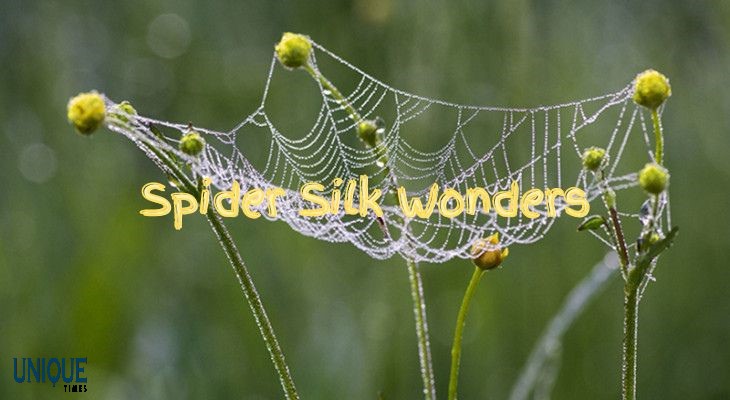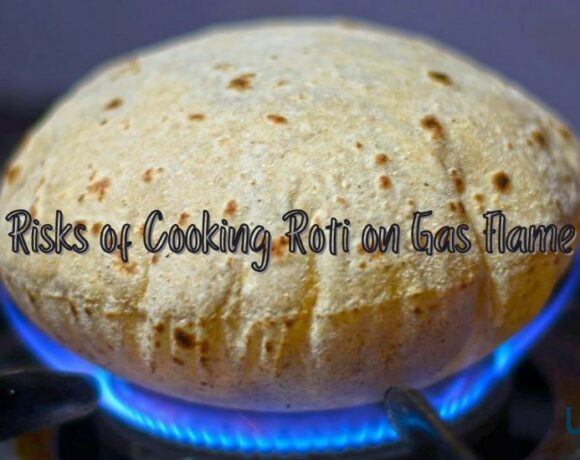The Marvels of Spider Silk: Stronger Than Steel, Lighter Than Cotton

Spider silk, often overlooked in our daily lives, possesses extraordinary qualities that defy the limits of conventional materials. Delicate yet robust, this natural wonder is stronger than steel and lighter than cotton. Let’s unravel the intricate web of science behind the marvels of spider silk and explore its potential applications.
The Strength of Spider Silk
Spider silk is renowned for its unparalleled strength. Pound for pound, it is stronger than steel and tougher than Kevlar, the material used in bulletproof vests. This exceptional strength is attributed to the unique molecular structure of the silk proteins produced by spiders. The arrangement of these proteins results in a material that can withstand tremendous force without breaking.
Lightweight and Flexible
While spider silk boasts incredible strength, it is also remarkably lightweight and flexible. This combination of strength and flexibility makes it a versatile material with a wide range of potential applications. Unlike many synthetic materials that sacrifice flexibility for strength, spider silk provides both attributes in abundance.
Spider Silk in Nature
In the natural world, spiders use silk for various purposes, including building webs for capturing prey, constructing shelters, and even creating egg sacs. The silk’s strength ensures the stability of the web, while its lightweight nature allows spiders to effortlessly maneuver and navigate their intricate creations.
Potential Applications in Technology
Scientists and engineers have long been fascinated by the possibilities offered by spider silk. Its strength-to-weight ratio makes it an attractive candidate for applications in various industries, including aerospace and technology. Researchers are exploring ways to replicate and mass-produce spider silk for use in lightweight yet robust materials for things like clothing, medical devices, and even artificial ligaments.
Sustainable Alternative to Synthetic Materials
Spider silk’s eco-friendly nature adds to its appeal. Unlike many synthetic materials that contribute to environmental pollution, spider silk is biodegradable. Harnessing spider silk for industrial use could offer a sustainable alternative, reducing the ecological impact associated with traditional manufacturing processes.
Challenges in Mass Production
While the potential applications of spider silk are vast, there are challenges in mass-producing this remarkable material. Spiders produce silk in small quantities, and harvesting it from them is impractical on a large scale. Scientists are exploring alternative methods, such as genetic engineering and fermentation, to produce spider silk proteins in larger quantities, paving the way for scalable and sustainable production.
Conclusion: A Material Beyond Compare
In the realm of natural materials, spider silk stands out as a true marvel. Its combination of strength, lightness, and flexibility opens the door to a myriad of possibilities in various industries. As scientists continue to unlock the secrets of spider silk production, we may witness a future where this extraordinary material becomes a staple in everyday products, revolutionizing the way we approach technology, fashion, and sustainability. Spider silk is not just a thread in nature’s tapestry; it’s a potential game-changer in the world of materials science.
Picture Courtesy: Google/images are subject to copyright








